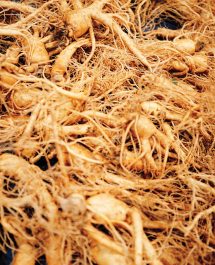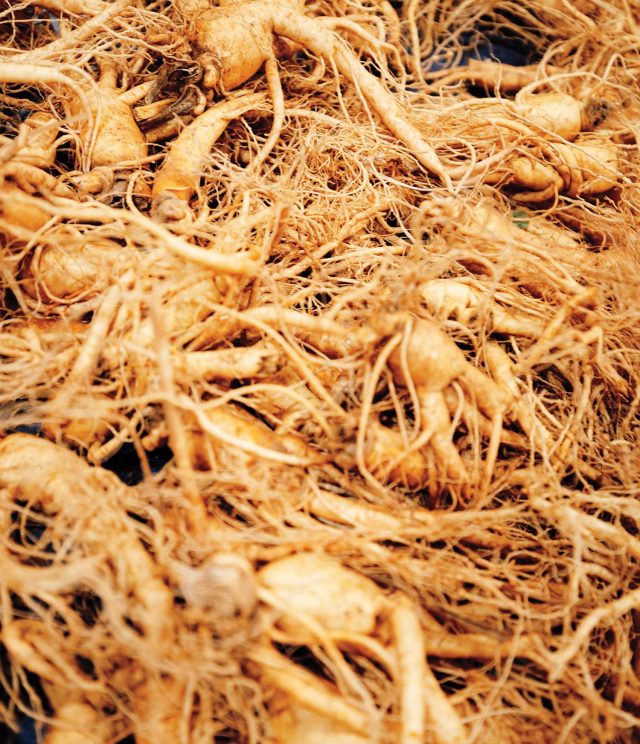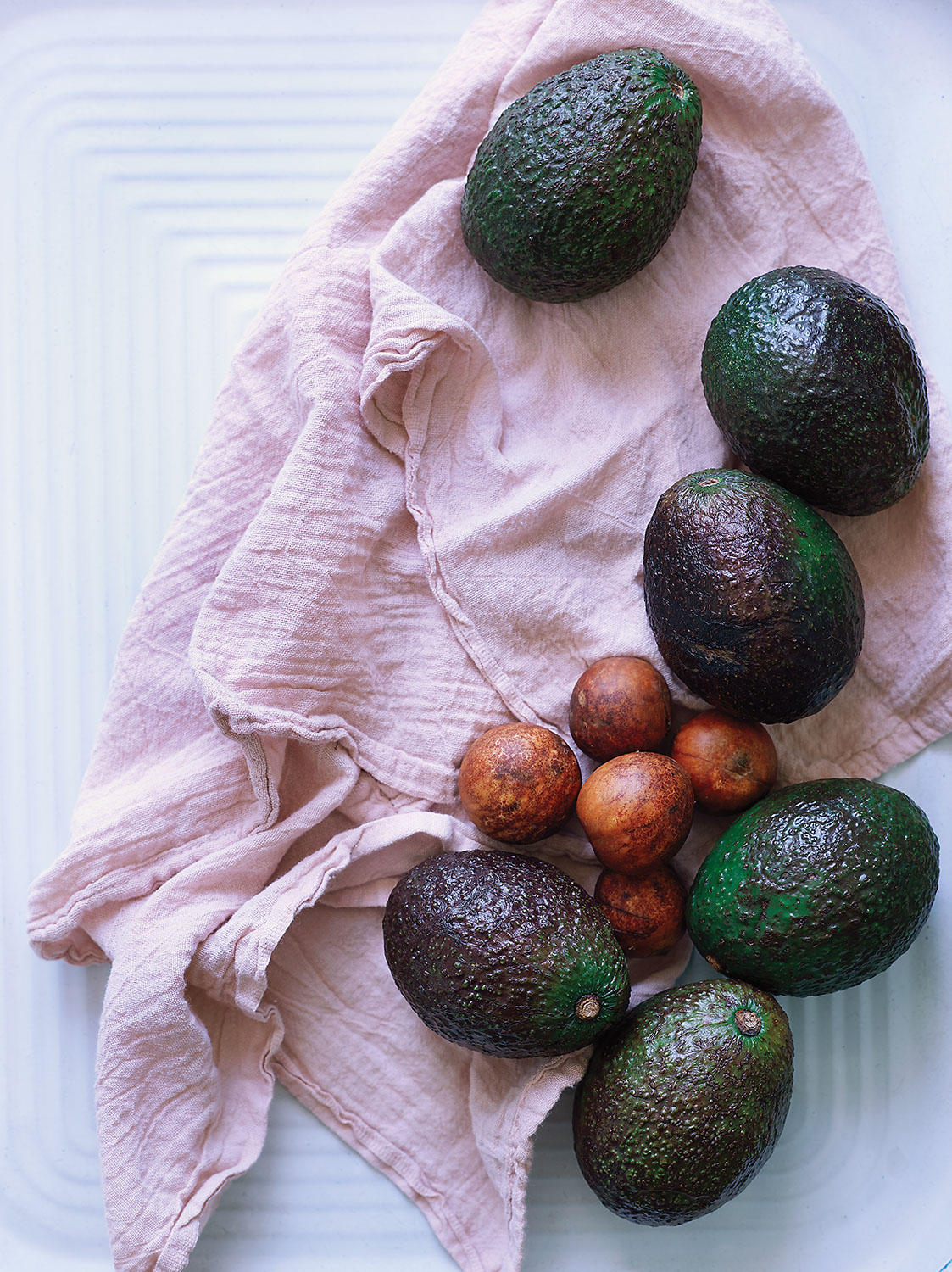
STORY BY CAYLIN HARRIS ✷ PHOTOGRAPHS BY ALEXANDRA GRABLEWSKI
Give an old piece of clothing new life with a fresh color or make a handmade gift with this easy DIY natural dye. Because, believe it or not, one of the prettiest shades of pink doesn’t come from a bottle—or even from vivid beets or berries—but from avocado pits. Avocado pits oxidize pink and red when exposed to air due to their high level of tannins as well as other phytochemicals. The process offers more nuanced shades and more options to customize colors than commercial dyes; it’s a fun way to put your personal stamp on a project.
If you’re new to natural fabric dyeing, be prepared to experiment. Sasha Duerr, natural dye expert and author of Natural Palettes: Inspiration from Plant-Based Color gave us her best beginner tips for dyeing at home. “When you’re working with natural dye you need to get out of the dye-from-a-bottle mentality. So much depends on finding the right ingredients and their quality. It becomes more instinctual, like cooking. You learn how to adjust,” she says.
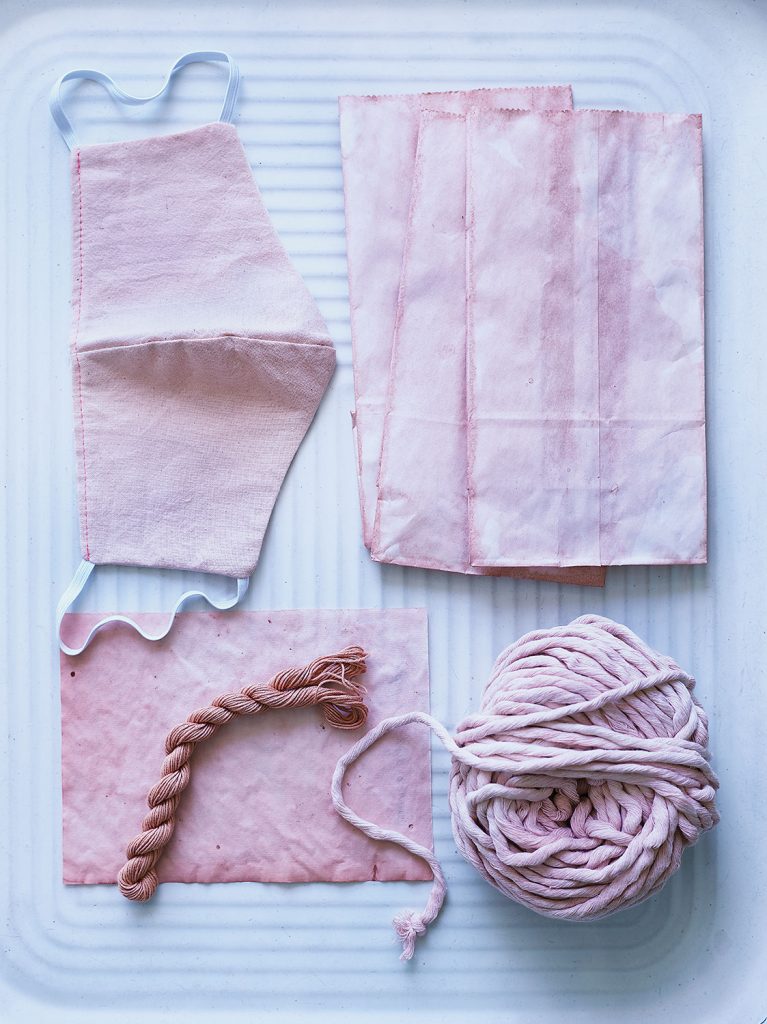
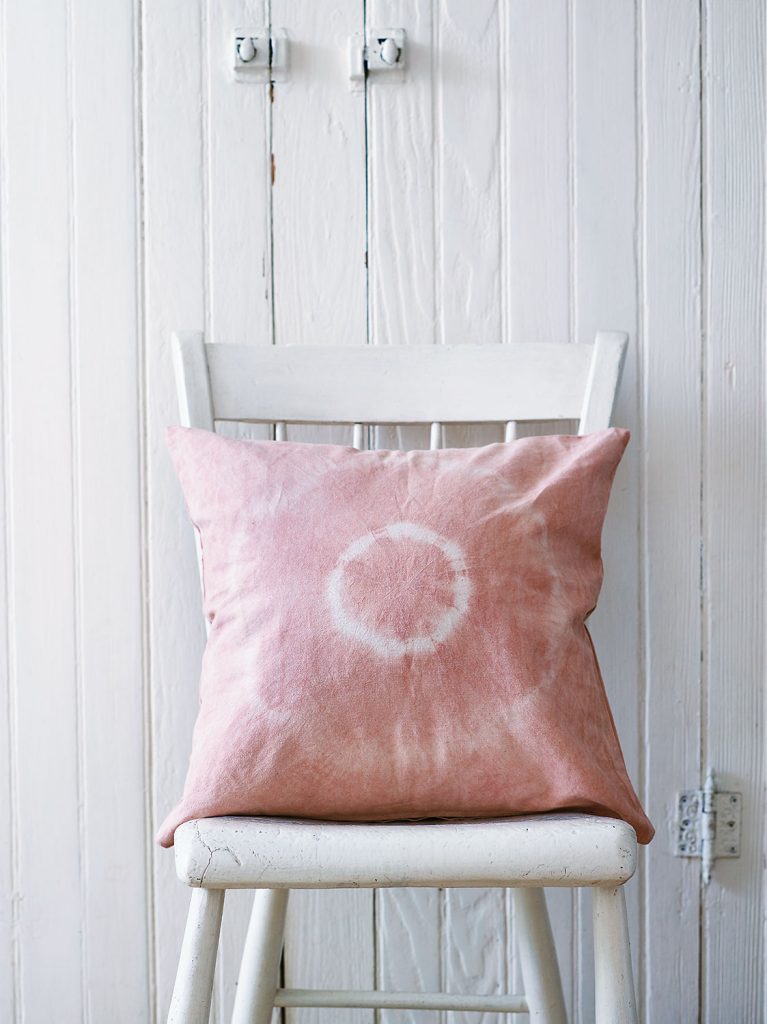
Because finding the right hue involves a little trial and error, Sasha recommends working with test swatches or thrifted finds in the same fiber of the item you want to dye to ensure you’ve got it right. “If you’re not happy with the color, add extra pits for darker hues,” she says. “Think of it like brewing tea, the more concentrated the dye ingredient the more concentrated the color.” Also, the pH of your water can impact the color. More alkaline water often makes the dye a pink or red and more acidic water results in pinky-orange hues.
So whip up more than a snack the next time you’re in the kitchen. Besides avocado, other food scraps can be used to dye fabric. Yellow onion skins produce a beautiful orange-yellow, while red cabbage creates a deep purple, and blueberries make a light blue. Each food requires a slightly different approach and technique, so do a little research. Once you get the hang of it, you may want to dye anything and everything you can get your hands on.
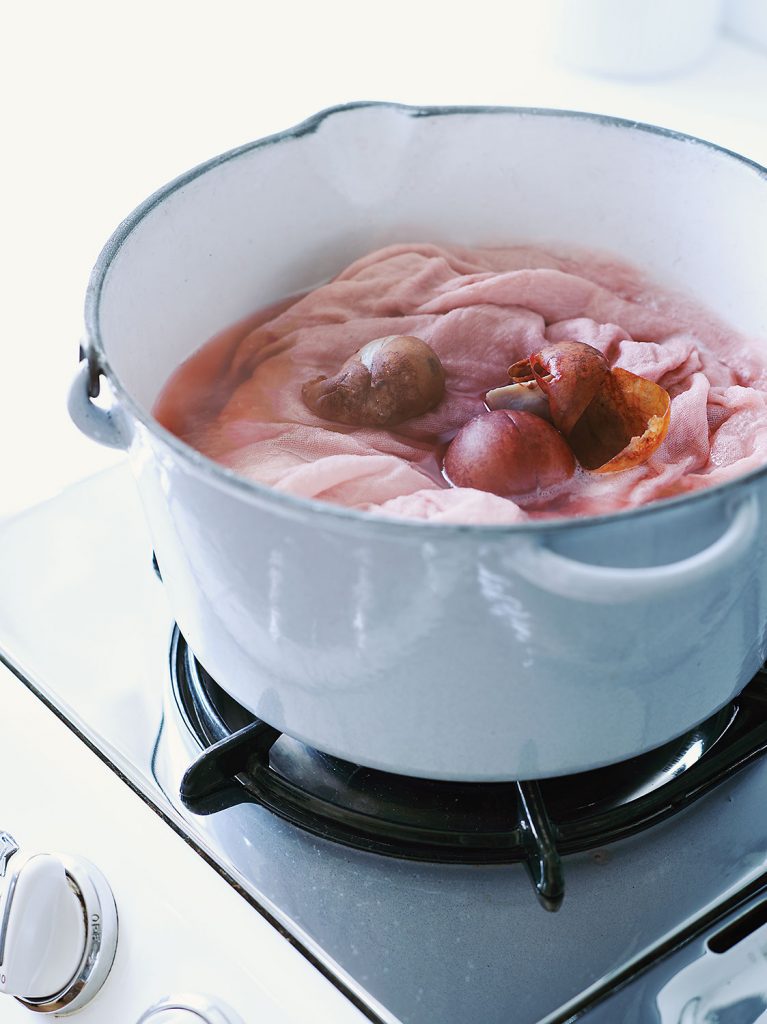
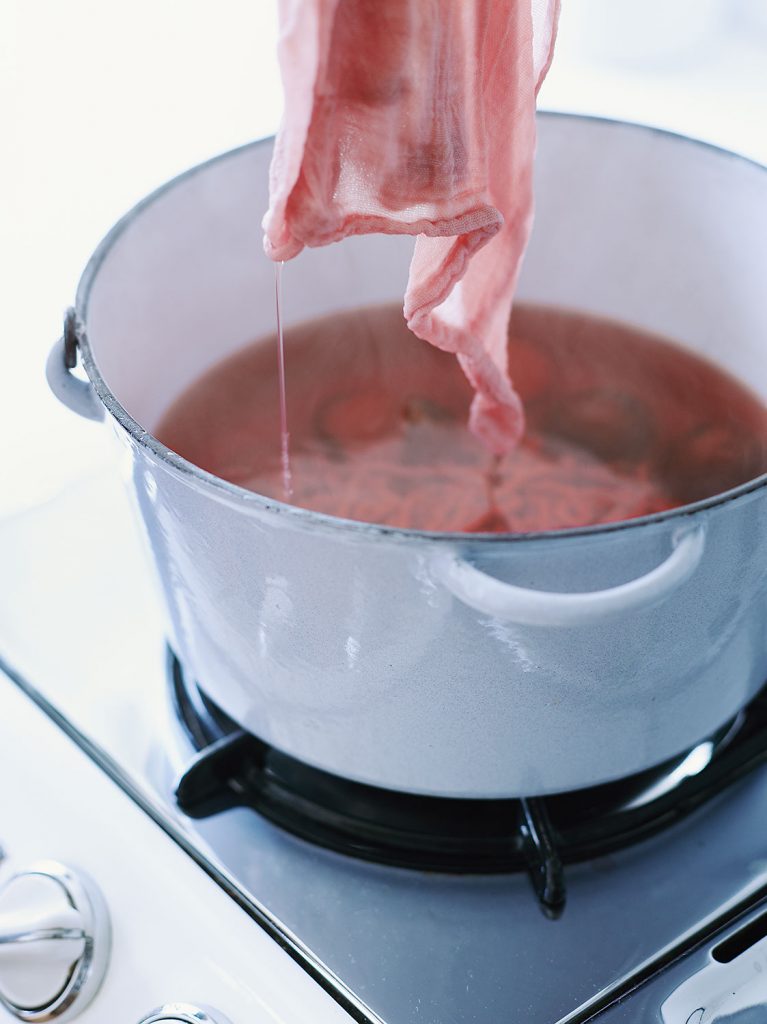
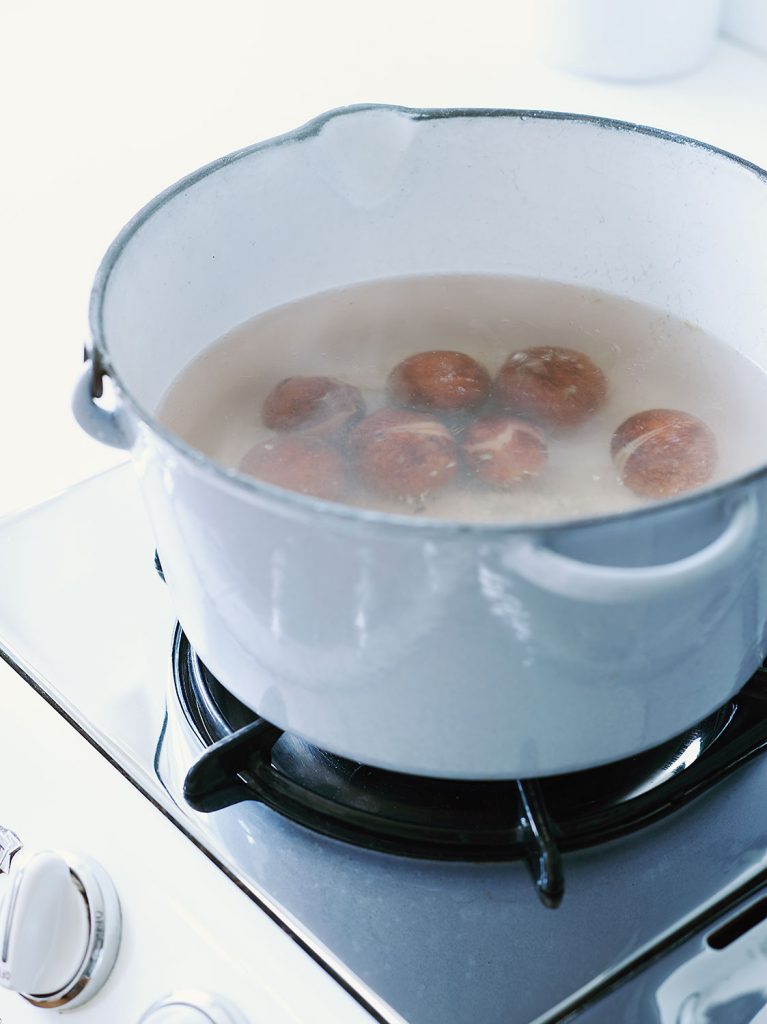
Avo-Dyeing 101
Gather
A large stainless steel pot
Water
Five to six avocado pits (cleaned of any oils)
Measuring cup
A half to one pound of natural fabric (cotton, linen, wool, silk)
A large bowl
Metal tongs
pH neutral soap (like Ecover laundry detergent)
To Make
Fill the pot with water to three-quarters full and place your avocado pits inside. Bring the water to a boil, then simmer the pits for 45 minutes or more, the pits may crack open. Watch the water turn from yellow to peach to orange to pink to red. Turn off the heat. After you’ve extracted the color you can continue to let the pits steep, the longer they sit, the stronger the color. Use a measuring cup to check the color—it should be an almost cherry red for the brightest pink. Remove the pits with a stainless steel hand strainer.
In a separate bowl, pre-soak your fabric in water until it’s completely saturated. If your fabrics are new, pre-wash them to remove any residues before you soak them. The water helps prepare the fibers to bond to the dye.
Gently wring out the fabric so it’s wet but not dripping. Place the fabric in the dye pot and simmer on low for at least 20 but up to 40 minutes. Move the fabric around in the pot as it heats for more even dyeing. Turn off the heat and let the fabric soak, making sure it’s completely submerged. Soaking overnight is best for deeper, lasting color.
Once you’re happy with the color, using tongs, remove the pieces of fabric from the pot and place them in the sink. Rinse them thoroughly with water, matching the temperature of the water of the dye bath, and then adjusting it to cooler water so you don’t shock the fibers. Gently hand wash with a pH neutral soap. Gently wring and hang or lay flat to dry out of direct sunlight.
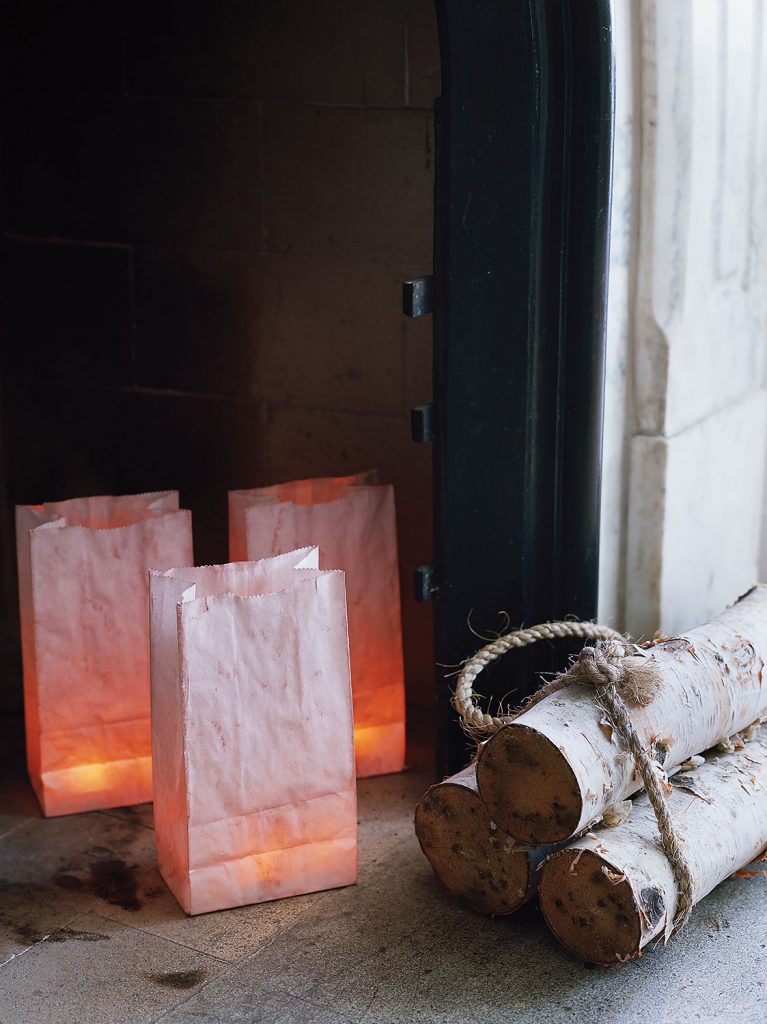

Avo-Dyeing Basics
Dyeing with avocado pits is great for beginners. They’re easy to work with and, thanks to the tannins in the pits, they don’t require a mordant (a chemical binding agent that helps the dye adhere to fabric).
You can use clean avocado skins to dye using the same recipe but you’ll need to double the amount. Using the skins typically results in a more peachy color, while the pits create a more russet color.
For the clearest color definition, do a separate dye bath; don’t mix pits and skins together.
This process is never a perfect science. Pits and sizes of avocados vary, and so will your results. Take notes as you go to develop your own recipes for the just-right color.

